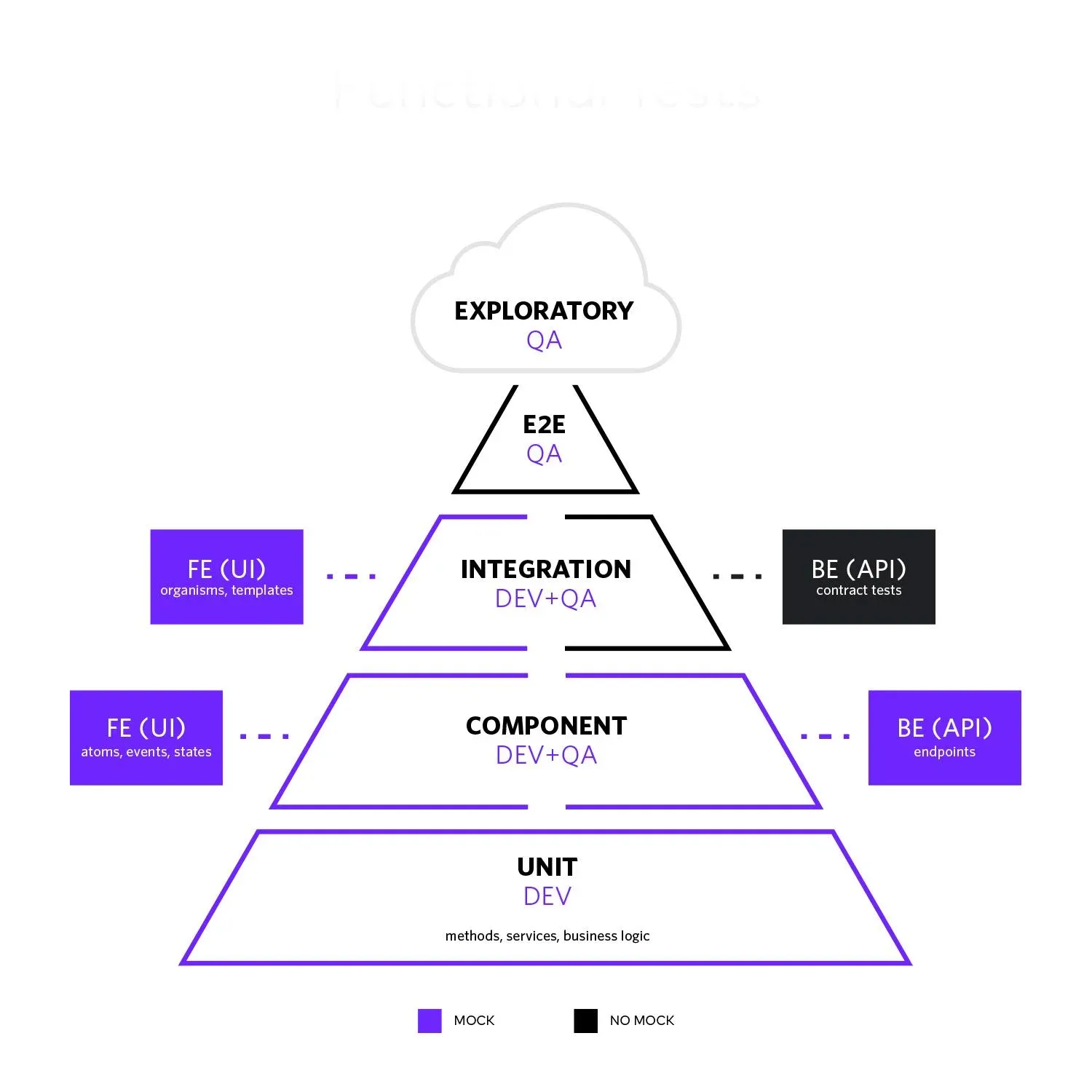

Suppose we are booking a hotel for our next trip to Goa. We land on a website that gives out the best hotel options, compares the options, and then lets you book the hotels and resorts from there. This platform not only does this but also tells you the nearest recreational places, beaches, and tourist spots that you can visit. In the end, this website or app lets you choose the payment method to make the final transaction.
All this while we have been enjoying a smooth experience, there have been countless processes taking place underneath the surface. These are the microservices operating below. This involves customer interaction as well as complex algorithms and coding running continuously behind.
Microservices is a programming algorithm that enables developers to create scalable and flexible applications. These applications and websites are known to facilitate services in healthcare, telecommunication, finance, banking, AI, and IoT sectors.
Each subset of microservices connects with the others and communicates with them. For this purpose, standard Application Programming Interfaces(APIs) allow users to write in different languages on various technologies. Microservices are small and simple, grouped to do one job. They are highly flexible and scalable, which means that they can be modified and stretched as per needs. Not to be mistaken, microservices are not small in size; rather it refers to their singular goal.
Testing these codes and algorithms so that they work accordingly in the external environment. Microservices testing is the process of recognizing and fixing any bugs arising in the algorithm. When one microservice works perfectly, the whole application will also do so.
In these changing times, user expectations are increasing day by day. The developers have to incorporate changes in their applications and web pages to reach those expectations. This is exactly why microservices testing is needed.
Microservices testing is a complicated process, but the proper tools and techniques make the task easier. The Microservices testing should be a continuous process. A reliable Microservices testing company can play a vital role in ensuring the success of this approach. The Microservices testing approach is like the testing approach for applications that are built by developers by a general design and process. Microservices testing ensures that all the codes are working unanimously to get a single job done.
While developing the microservices, the developers already keep in mind the kind of tools and tech they are going to use to test the same microservice. Along with this they also have to keep in mind that the different microservices are interdependent in terms of integration of the whole application. Even if one microservice goes faulty, the other microservices should be able to work on their own, separately.
Also read: Localization Testing
Microservices testing ensures that all the microservices running beneath the surface are bug-free and set to integrate with the other microservices. Let’s see the main strategies of microservices testing.
Functional testing is done mainly to test the behaviour of the service and the business logic of the microservice. Unlike traditional monolithic architecture, microservices do not have an easy UI for testing. Thus, it becomes more complicated and time-consuming.
Load testing is done to recognize the areas of the application that are not designed properly and can cause crashes due to high traffic volume on the website. In microservices, each call to it travels a network and if there is any other activity occurring on that network, the response time may get affected.
Resilience testing is done to check how the software responds to probable configuration failures. If a server running a specific service is not available, if it crashes, or if a part of the network stops passing traffic, these all can be infrastructure failures. In these cases, the developer needs to run several tests to determine that the microservices can run on other endpoints.
Microservices testing involves a variety of tools and procedures that are geared to the unique constraints of a distributed architecture. We will look at many forms of Microservices testing in this section to assure the resilience and dependability of your Microservices-based systems.

There are four main types of microservices testing. They are listed down below.
Unit tests are done to verify that the methods and class developers run as they are expected to. This type of test is often ignored when microservice testing is done. Unit testing is a highly technical task and a valuable practice for writing high-quality software.
Component testing is done by running the microservices as a black box and testing the traffic moving over the interface. It can be complex to perform microservice testing in isolation because they might summon other microservices to carry out this one test.
As the name suggests, this testing is done on the microservices to see if all of them are working together just fine when integrated. Developers do this test at the QA stage or the integration stage. This ensures that the whole software works together and does not create any issues or bugs.
End-to-end testing, also known as system testing, is the final step of any microservice testing. As the name suggests, it is tested out in the world, at the endpoint where users interact with the software. Take this as an example; the assembling of all the car parts is done and is tested inside the factory. End-to-end testing is like the road test of that car. This process is painfully slow and demands high maintenance.
Also read: Regression Testing
Below are the advantages of microservices testing:
Below are the disadvantages of microservices testing:
Application Development Company in Noida
Software Testing Companies in Canada
Mobile App Development Company in Gurgaon
Mobile App Developers in Dallas, TX